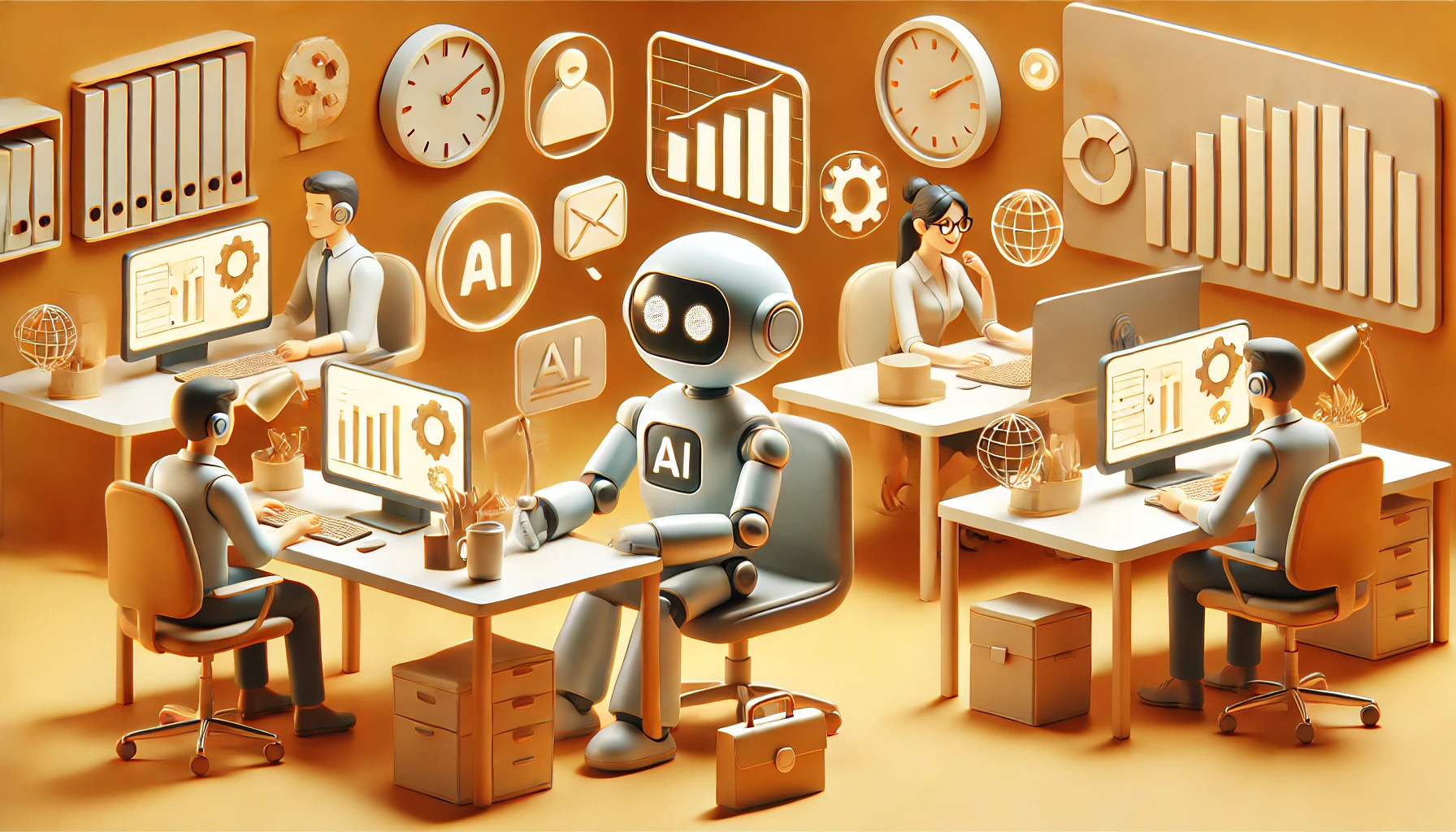Why We’re All a Bit Too Worried
When people think about AI, there’s often this fear: machines taking over, humans losing control, jobs disappearing. We picture a future where AI decides everything for us, and there’s not much left for humans to do. But here’s the thing: the real impact of AI in workplaces is already happening, and it’s not what most of us expect.
Yes, AI is transforming work, but it’s not necessarily wiping out jobs or leading to a total takeover. Instead, it’s changing how we work. Rather than replacing humans, AI in workplaces is here to support us, take over repetitive tasks, and boost productivity. In fact, if we use it right, AI might make our jobs easier and our workdays more meaningful.
The Real, Right-Now Impact of AI in Workplaces
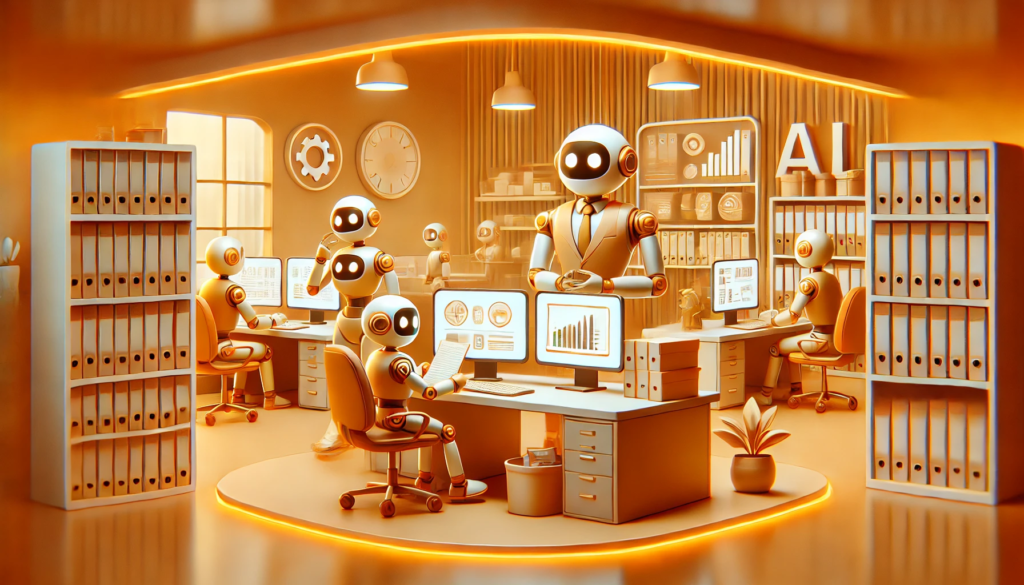
AI isn’t some distant, futuristic technology anymore – it’s here and affecting workplaces already. And it’s not only in big tech companies or advanced robotics labs; AI is integrated into software, tools, and processes that businesses use every day. The reality of AI in workplaces is that it’s not just one big tool but a mix of features that help people work faster and smarter.
So, while some people worry about AI “taking over,” it’s better to think of it as a helpful assistant that works behind the scenes. It’s doing the time-consuming stuff so that humans can focus on the parts of the job that really need a personal touch.
In short, AI in workplaces is not just replacing roles but enabling us to handle routine tasks more effectively, allowing for more focus on work that requires creativity and decision-making.
Common Misconceptions: The “Apocalypse” Mindset
Many of us think of AI and imagine a world where robots replace humans entirely. This “apocalypse mindset” makes it sound like AI is on a mission to take over, and people fear massive job losses as a result.
Take the ATM as an example. When ATMs were introduced, people thought bank tellers would disappear, but they didn’t. Instead, tellers shifted to focus on customer service, offering more personalized advice and services. Similarly, AI in workplaces may automate repetitive tasks, but it also gives workers a chance to focus on more rewarding work. It’s not about wiping out jobs; it’s about reshaping roles in a way that can be beneficial if we approach it right.
The reality is, AI in workplaces isn’t some out-of-control force. It’s a tool, and like any tool, the impact depends on how we choose to use it.
Immediate Challenges of AI in Workplaces We Can’t Ignore
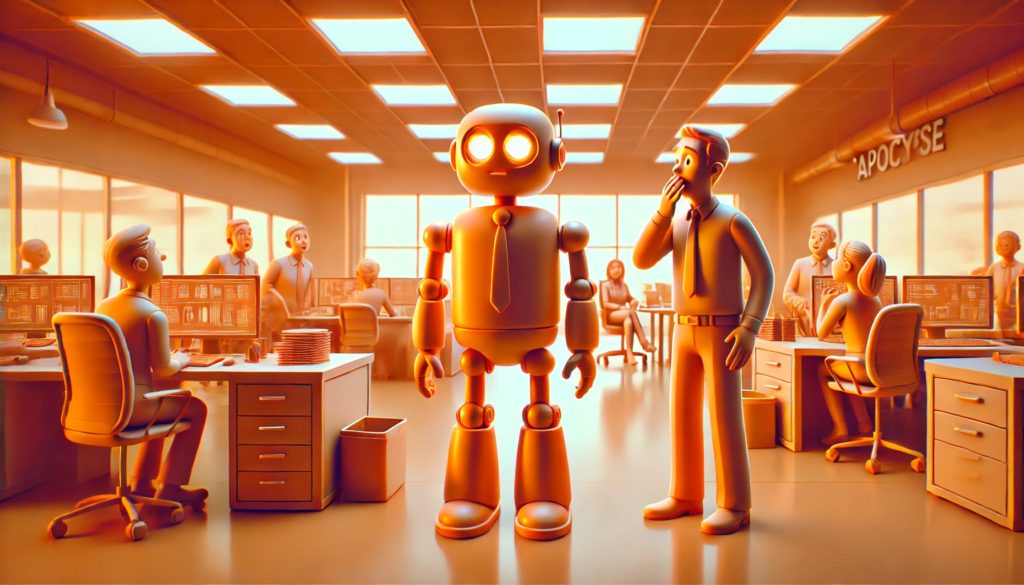
AI does bring some real challenges that we need to address, especially as it becomes more common across various fields. These aren’t threats of an AI “takeover,” but they’re important issues that can affect workplaces and workers.
- Misinformation: AI makes it easier to create and spread false information, like deepfakes or misleading news. This can be a risk for companies, especially those that rely on public trust.
- Bias: If AI algorithms are based on biased data, they can make biased decisions, which can be a problem in hiring or customer service.
- Privacy and Surveillance: Some companies might use AI for tracking employees or monitoring productivity, which raises privacy concerns.
These issues remind us that AI isn’t perfect and that its use needs to be carefully managed. Companies using AI in workplaces need to stay informed and consider ethical guidelines to avoid these pitfalls.
How AI is Boosting Productivity, Not Just Cutting Costs
One of the most impressive effects of AI in workplaces is its ability to save time and boost productivity. Recent studies show that AI tools can reduce task time by over 30%, which is a big deal.
However, it’s not just about making things faster. AI can improve the quality of work, too. For instance, AI-powered tools can provide data insights that would take humans much longer to analyze. This allows employees to make faster, more informed decisions. So, instead of only focusing on cost savings, companies can use AI to help their teams get more done with less effort.
Companies that view AI as a way to assist their workers, rather than replace them, can build a workplace culture where employees feel empowered to use these tools openly. This makes it easier to integrate AI effectively, giving businesses a competitive edge.
High-Skill, High-Value Jobs are Feeling the Most Impact
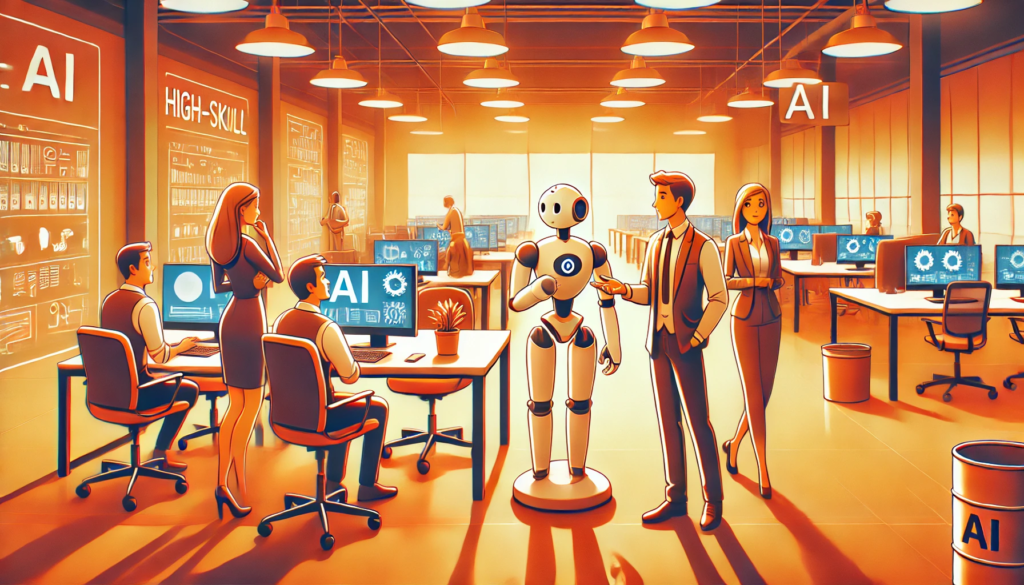
AI in workplaces is also impacting creative and highly skilled jobs. Many of these roles involve tasks that can benefit from AI tools. Designers, writers, and even developers are using AI to help brainstorm ideas, automate some parts of their work, or find new ways to approach projects.
The reality is that these tools are best used as a support, allowing people to focus on the higher-value parts of their roles. AI can take care of tasks like basic coding, editing, or sorting data, freeing up time for creative and strategic thinking.
For example, a graphic designer might use AI to generate layout ideas quickly, leaving them more time to fine-tune details and bring their unique vision to life. Instead of fearing AI, skilled professionals can see it as a way to enhance their work, making their jobs more creative and enjoyable.
Smart Companies See AI as a Tool, Not a Threat
How companies choose to use AI in workplaces makes all the difference. The natural instinct for some businesses might be to use AI tools to cut costs, but the smarter choice is to use AI to enhance what their teams can do. Companies that invest in training employees to use AI as a resource, rather than simply reducing headcount, are the ones likely to thrive in the long run.
By seeing AI as a team tool, not a replacement, companies can foster a culture where employees feel comfortable using AI to improve their work. This can also lead to innovation, as workers are often the best source of ideas on how to use new tools effectively. Encouraging a positive view of AI in workplaces can also increase engagement, as employees who feel supported by their companies are more likely to embrace change.
For instance, a company might use AI to streamline its customer service responses. Instead of seeing it as a way to reduce staff, they can view it as a way to free up employees to handle more complex inquiries or engage in relationship-building with clients.
Making Work Better, Not Worse with AI
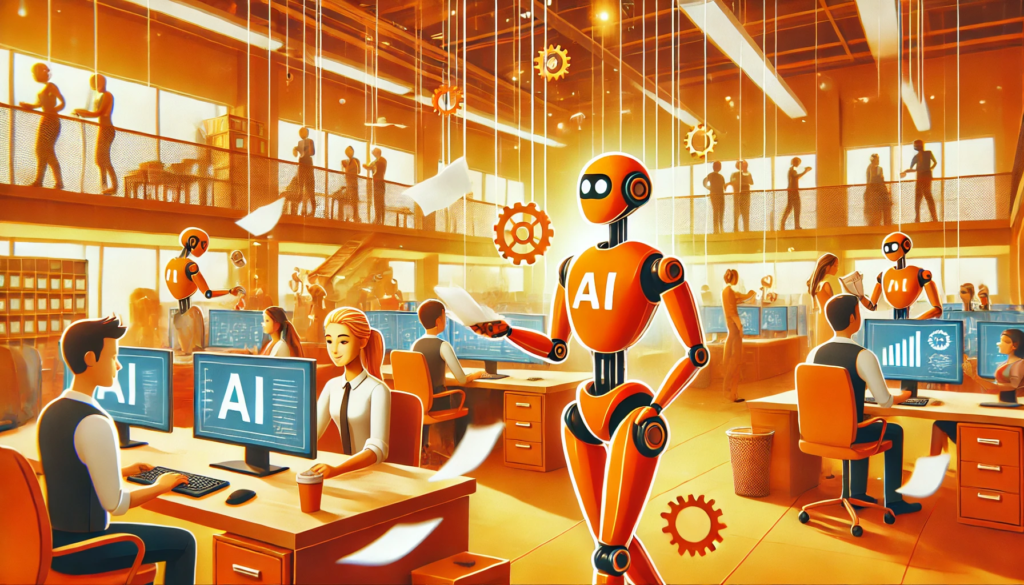
AI doesn’t have to mean job losses or robotic workplaces. In fact, one of the biggest opportunities for AI in workplaces is to make work more meaningful. When AI handles routine or dull tasks, employees can focus on what matters more: building relationships, solving complex problems, and finding new ways to create value.
Workers tend to appreciate AI tools that remove repetitive, time-consuming tasks, as it often leaves them with the work that’s more rewarding. But this shift won’t happen automatically. Managers and leaders need to actively decide how to use AI to support their teams, keeping an eye on what makes work meaningful.
In a well-integrated workplace, AI can turn dull tasks into productive ones. It can help employees feel more engaged and motivated, knowing they’re spending more time on work that actually makes a difference.
Moving from Fear to Opportunity
At the end of the day, AI isn’t here to take over. It’s a tool that we can use to shape a new way of working. Rather than seeing AI in workplaces as a looming threat, we can view it as a resource that opens up opportunities for better productivity, creativity, and collaboration.
The key is for companies and employees alike to take an active role in deciding how AI is used. This means looking for ways to use AI to empower people, not replace them. By embracing this approach, we can shape a future where AI makes our work better, not scarier.
So, instead of waiting for some big AI “apocalypse” or fearing the end of work as we know it, let’s see AI for what it is: a tool that can help us work smarter and make work more fulfilling.
